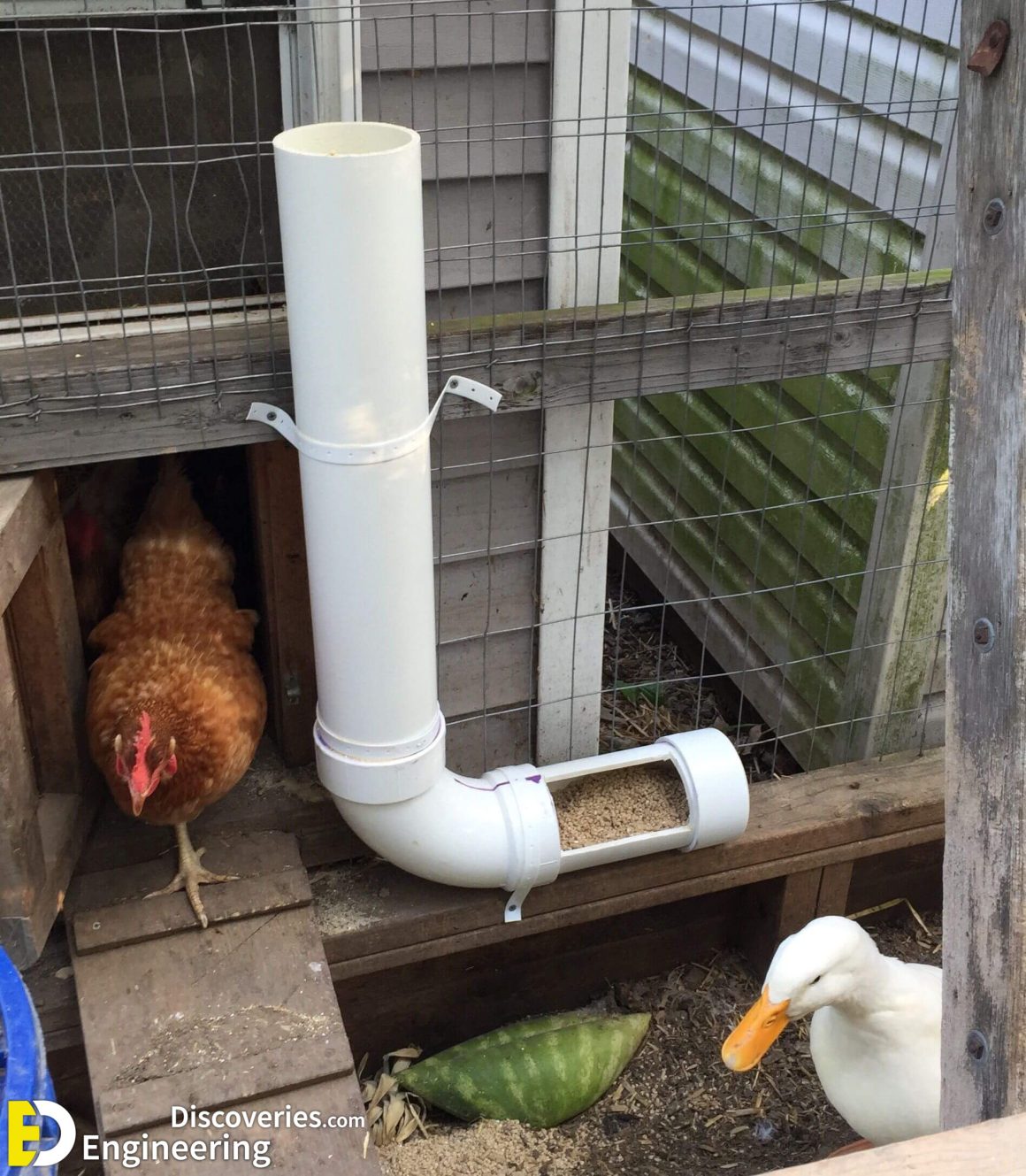

They are a safe, lightweight, easy-to-use, and affordable option for transporting drinking water.

There are numerous advantages to PVC-U pipes and fittings. PVC-U is the most common type of PVC used for pipes and fittings, including drinking water, transportation of soil and waste, sewage and subterranean drainage, and industrial applications. PVC that is not plasticized is also known as stiff PVC. PVC-U Unplasticized PVC (PVC-U) indicates that no plasticizers have been added to the PVC combination (US: Plasticizers). In addition to sharing comparable features, each variety of PVC offers distinct advantages for various uses. We often classify pvc pipes in to 4 types of PVC-U (unplasticized PVC), C-PVC (chlorinated PVC), PVC-O (molecularly orientated PVC), and PVC-M (modified PVC). Once the tube is properly fastened, you may trim the clip's excess.ħ - Examine the fit of the PVC hubcap tops, as well as the ease with which they may be removed to refill the tubes with feed and stuffing. Slide the feeder over the clip, ensuring that the nozzle is securely through the screen's opening, and then tighten the clip on top.The bottom of the feeder should be placed on the ground or on a firm surface, such as the coop's frame.ĥ - When you're ready to clamp the pipe, use a drill bit that is smaller than the screw head but larger than the threads, and attach the drilled edge to the back of each hose clamp (opposite the tightening point). Cut a 9 x 9-inch hole in the wire for the feed spout's aperture.This plate will be used to secure the top of each tube. Repeat this procedure for every feed tube.ģ - Before inserting the tubes, determine where they will be installed and ensure a wide board is in place. Hold each connection for one minute to strengthen it.

If everything fits, disassemble it, add PVC cement to the joints, and press it back together. This forms the base of the tube that the chickens consume. Then, stitch the street elbow to the 90 degree elbow's open end. Create a 90-degree elbow on one end of a saw pipe using a torch. Before gluing the elbow onto the feeding tube, you must do a "dry fit" to ensure the tube fits properly. Sand rough saw edges and eliminate PVC dust to prevent your hens from eating anything. (your local home improvement store may do this for you.) These segments will form the bodies of the three feeding tubes and will contain the food. 1 - Cut 10 feet of 3" PVC with a saw into three equal sections. Chicken feeder can be made from different types of pvc pipe here you will get to learn how you can make one for yourself.


 0 kommentar(er)
0 kommentar(er)
